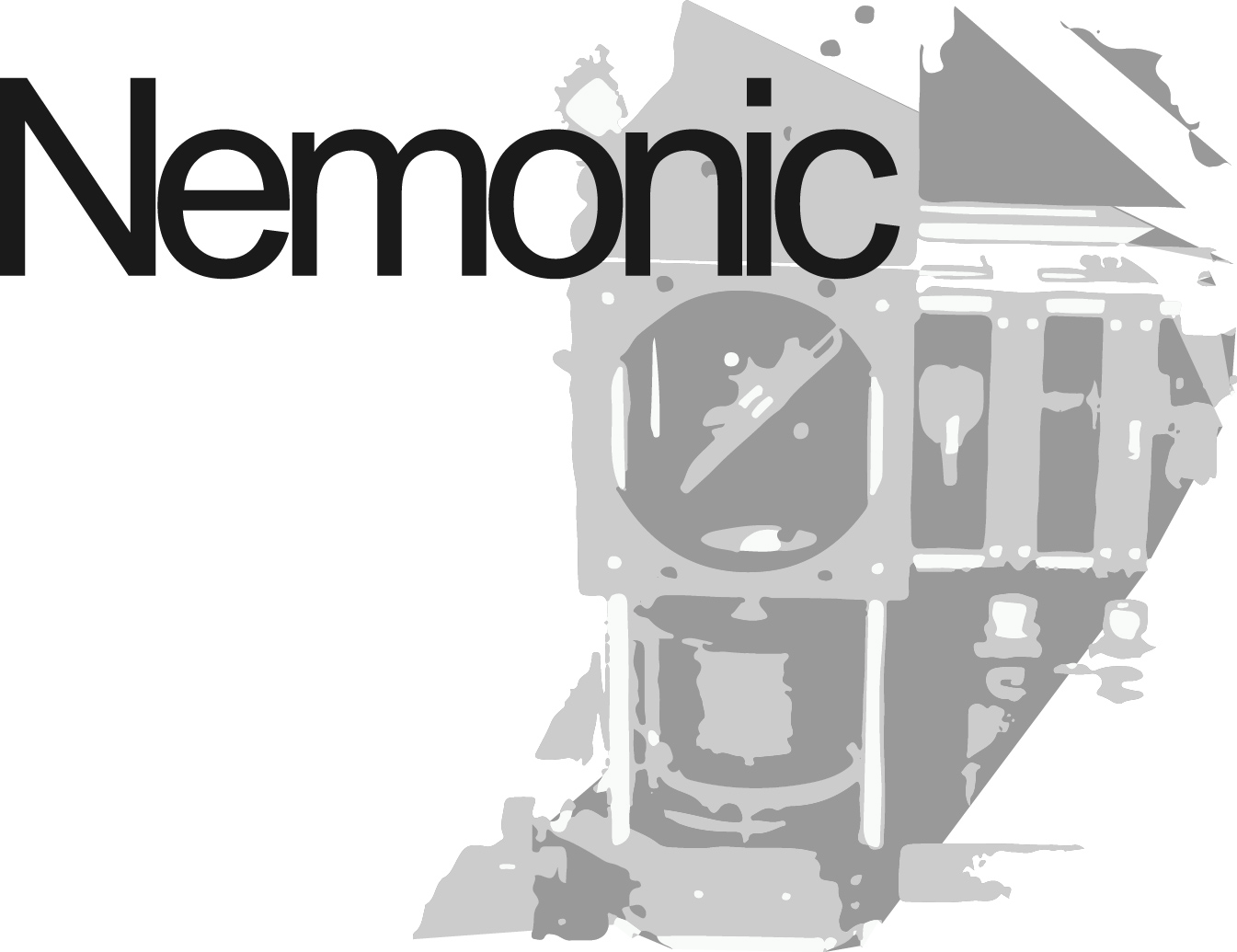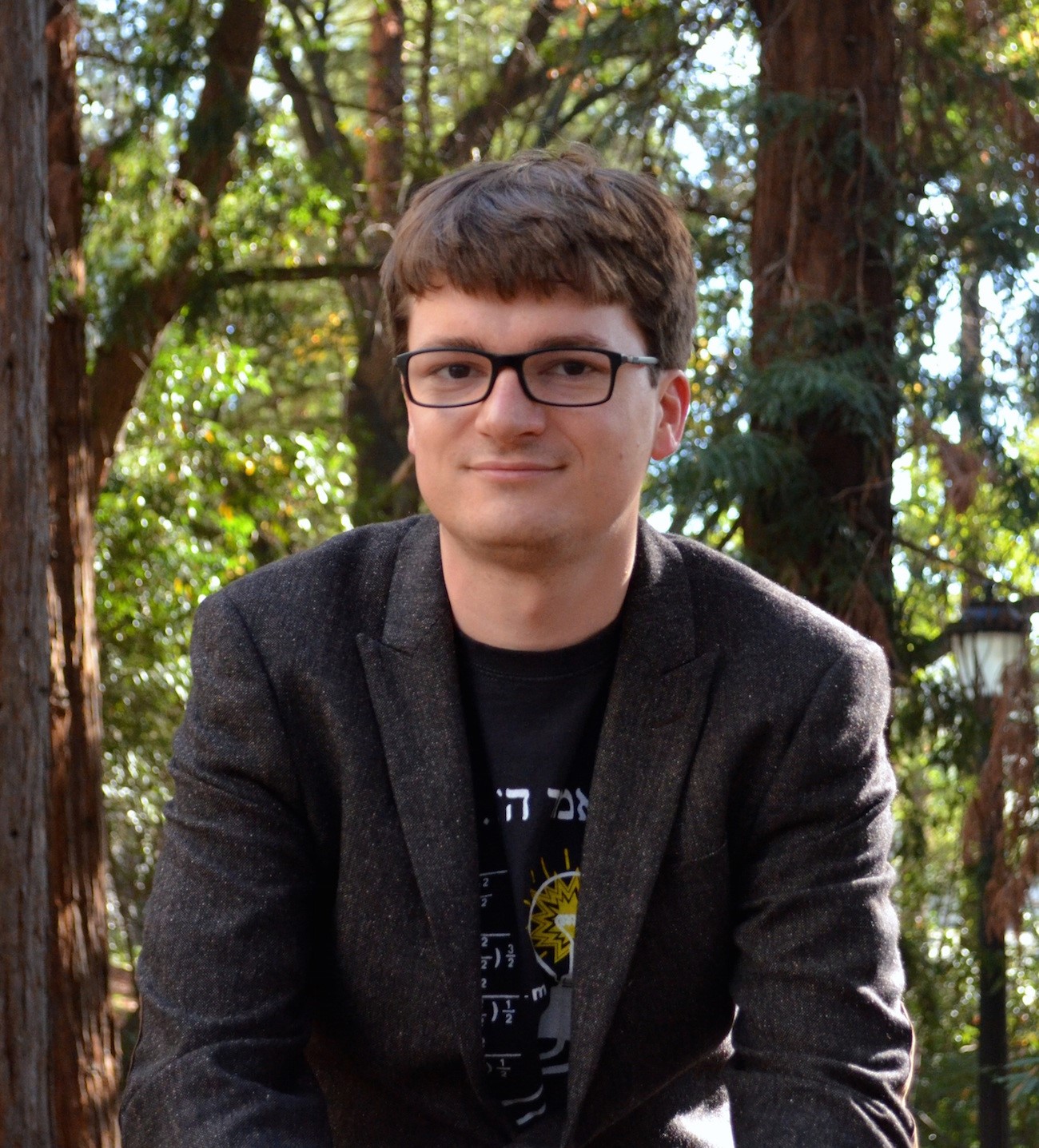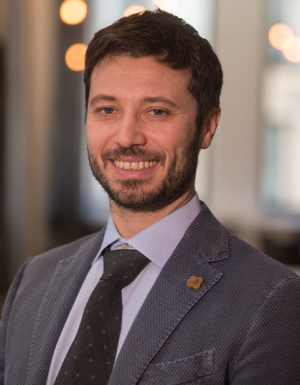Difference between revisions of "Workshops"
Ryan.McGreal (talk | contribs) (→Speakers) |
Ryan.McGreal (talk | contribs) (→Speakers) |
||
| Line 17: | Line 17: | ||
<gallery widths=300px heights=200px mode="nolines"> | <gallery widths=300px heights=200px mode="nolines"> | ||
| − | Image:Kaspar_Podgorski.jpg|Kaspar Podgorski Janelia Research Campus | + | Image:Kaspar_Podgorski.jpg|Kaspar Podgorski, Janelia Research Campus |
| − | Image:Nico_Pegard.jpg|Nico Pegard UNC Chapel Hill | + | Image:Nico_Pegard.jpg|Nico Pegard, UNC Chapel Hill |
| − | Image:Darcy_Peterka.jpg|Darcy Peterka Columbia | + | Image:Darcy_Peterka.jpg|Darcy Peterka, Columbia |
| − | Image:Emily_Gibson.jpg|Emily Gibson UC Denver | + | Image:Emily_Gibson.jpg|Emily Gibson, UC Denver |
| − | Image:Andrea.png|Andrea Giovannucci UNC Chapel Hill | + | Image:Andrea.png|Andrea Giovannucci, UNC Chapel Hill |
| − | Image: | + | Image:Simon.jpg|Simon Schultz, Imperial college London |
</gallery> | </gallery> | ||
Revision as of 14:46, 21 May 2019
The goal of the Nemonic Project (Next generation Multiphoton Neuroimaging Consortium) is to develop and widely disseminate state-of-the-art technology for multiphoton imaging and associated techniques to the neuroscience community, and to advance emerging technology for future innovation in multiphoton neuroimaging. Ultimately, the activities of the Nemonic project will enable new experiments and accelerate discoveries in neuroscience.
Contents
Project Overview
The Nemonic project has three parts. First, there is a development component, called DEV, to create new technology to overcome critical barrier to progress in neuroscience. In a series of Case Studies, neuroengineers will develop custom instrumentation to enable currently impossible neuroscience experiments. A proven work flow involving custom optics and iterative refinement, and culminating in commercially produced parts, will be used to create the custom instrumentation. The Case Studies involve a range of animal models (mice, ferrets, cats, and monkeys), and optical and instrumental challenges.
Second, there is a dissemination component, called DISSEM, to spread this technology broadly to other labs. All engineering materials and resources generated in the Case Studies will be open-sourced and released to the broader public in thoroughly documented and curated web resource. Components and systems developed in the Case Studies will be made commercially available. Also, a series of workshops are held to train scientists on how to design and build custom systems for multiphoton neuroimaging.
Third, there is an advancement component, called ADV, to push the technology of multiphoton neuroimaging into the next frontier. Two technologies will be pursued: miniaturized, highly integrated photonic systems for practical and scalable head-mounted multiphoton neuroimaging in freely moving animals; and superresolution imaging to resolve structures relevant to synaptic and molecular dynamics in vivo. A series of meetings with top names in the field are held to promote novel collaborations and more rapidly advance technologies that are relevant to multiphoton neuroimaging in the future.
For a more in depth description go to Project Details
Speakers
Funding
The Nemonic project is funded through a National Science Foundation NeuroNex (Next Generation Networks for Neuroscience) award.
See Also
Visit our discussion board to talk and ask questions! Discussion Board






